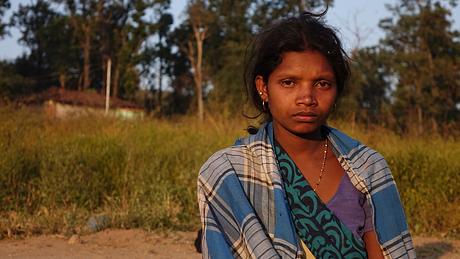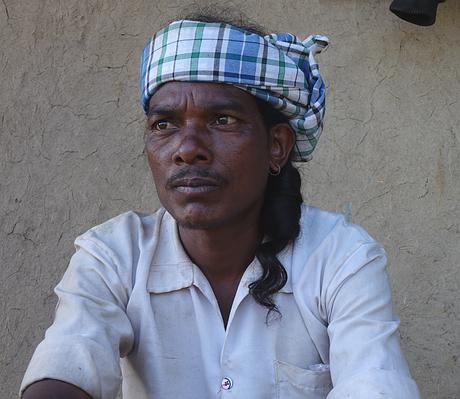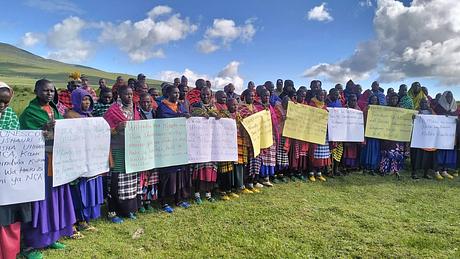Indische Regierung streicht gefährliches Forstgesetz nach Protesten
15 November 2019

Diese Seite wurde 2019 erstellt und enthält möglicherweise Formulierungen, die wir heute nicht mehr verwenden würden.
Nach nationalen und internationalen Protesten hat die indische Regierung ein Vorhaben aufgegeben, dass Wälder militarisiert und sie für die kommerzielle Nutzung geöffnet hätte.
Die Vorschläge der Regierung waren zunächst geheim und wurden unter Beteiligung des CEO des WWF-Indien, Ravi Singh, erarbeitet. Als die Pläne im März an die Öffentlichkeit gelangten, führte dies zu Protesten in Indien. Survival übte internationale Kritik und rief Unterstützer*innen zu Protestschreiben auf.
Der Plan hatte vorgesehen Mitarbeiter*innen der Forstbehörde zu bewaffnen und ihnen praktisch Immunität gegen Strafverfolgung gewährt; jeder Wald hätte nach der Vertreibung der angestammten Bewohner*innen an Private übergeben werden können; und Millionen von Indigenen, die im Wald Zuhause sind, wäre ihr Leben unmöglich gemacht worden.
Das Vorhaben führte zu Demonstrationen in Indien und Tausende von Survival-Anhänger*innen protestierten schriftlich bei den indischen Behörden gegen den Plan.
Stephen Corry, Direktor von Survival International, sagte heute: “Die indische Regierung, beraten vom WWF-Indien, wollte Millionen von Indigenen ihrer Rechte berauben und den Forstbeamten außergewöhnliche Kompetenzen verleihen, die es ihnen ermöglicht hätten, Menschen praktisch ungestraft zu töten. Tausende protestierten in Indien und international. Indigene Völker haben nun einen riesigen Sieg errungen, nachdem der Plan gestrichen wurde. Naturschutz sät den Samen seiner eigenen Zerstörung, wenn er nicht aufhört, die Menschenrechte zu verletzen und die menschliche Vielfalt zu zerstören.”



